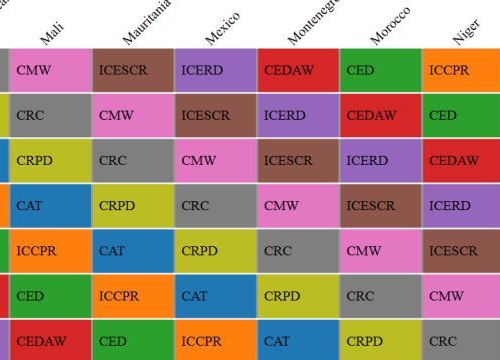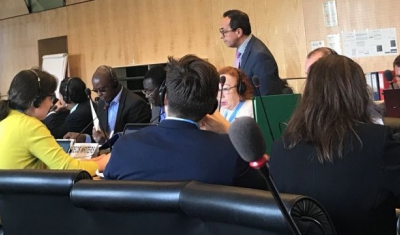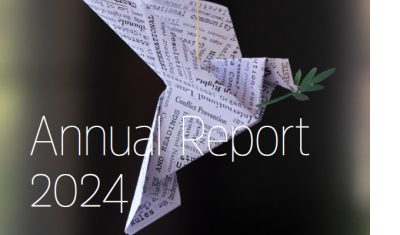A New Tool to Optimize the Planning of Treaty Bodies Sessions


Geneva Academy
1 October 2018
Our publication ‘Optimizing the UN Treaty Bodies System’ outlines a series of recommendations related to the functioning of UN treaty bodies (TBs) and provides detailed and innovative solutions for optimizing the system, including the consolidated reporting model and clustered dialogue.
‘Instead of writing separate reports to each TBs, states could do this in one document which they could discuss in clustered dialogues with the various TBs, going to one TB to the next in a door-to-door review’ underlines Felix Kirchmeier, Coordinator of the Geneva Human Rights Platform.
The ‘Treaty Body Scheduler’
The Geneva Academy developed a new tool, the ‘Treaty Body Scheduler’, which allows planning, in the context of a consolidated report and clustered dialogue, the best schedules for TBs sessions.
While the duration of TBs sessions would remain approximately the same, the schedules developed by this tool would allow delegations to reduce their travels to Geneva. This type of organization would also promote greater interactions between Committees’ members as they would be in session simultaneously.
‘It is important for us to show that our recommendations can be implemented and stand up the reality check of an IT-simulation’ stresses Felix Kirchmeier. ‘All our recommendations can be implemented by TBs and states without any change to the existing legal framework’ he adds.
Consultations with Stakeholders
This new tool has already been presented to states, treaty body members, as well as to the staff of the Office of the UN High Commissioner for Human Rights.
‘This IT programme would allow changing all the parameters regarding sessions, time and combination of committees and to adapt it to different scenarios. At the moment, as resources did not allow to develop a user interface, we cannot yet put it online’ explains Felix Kirchmeier.







